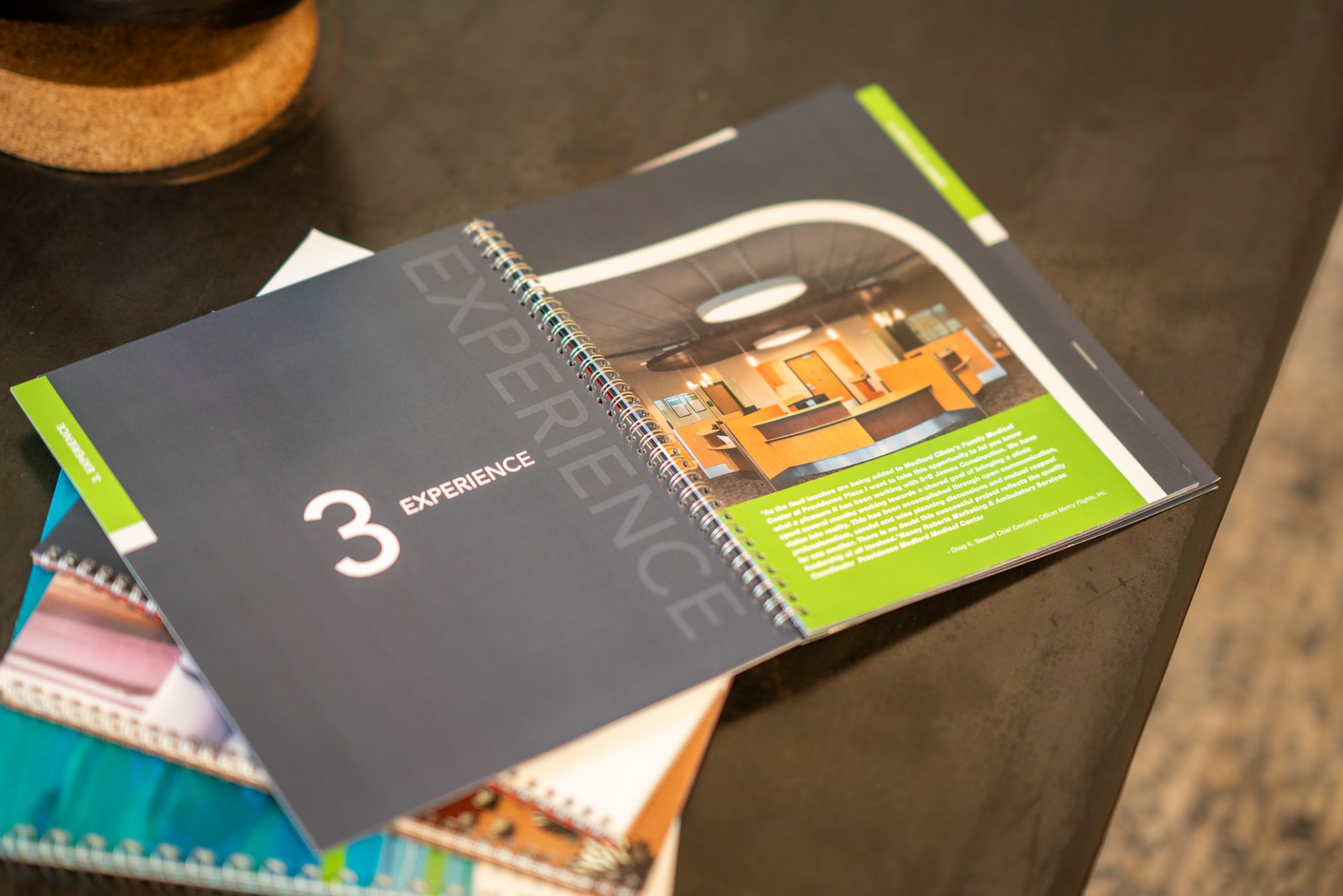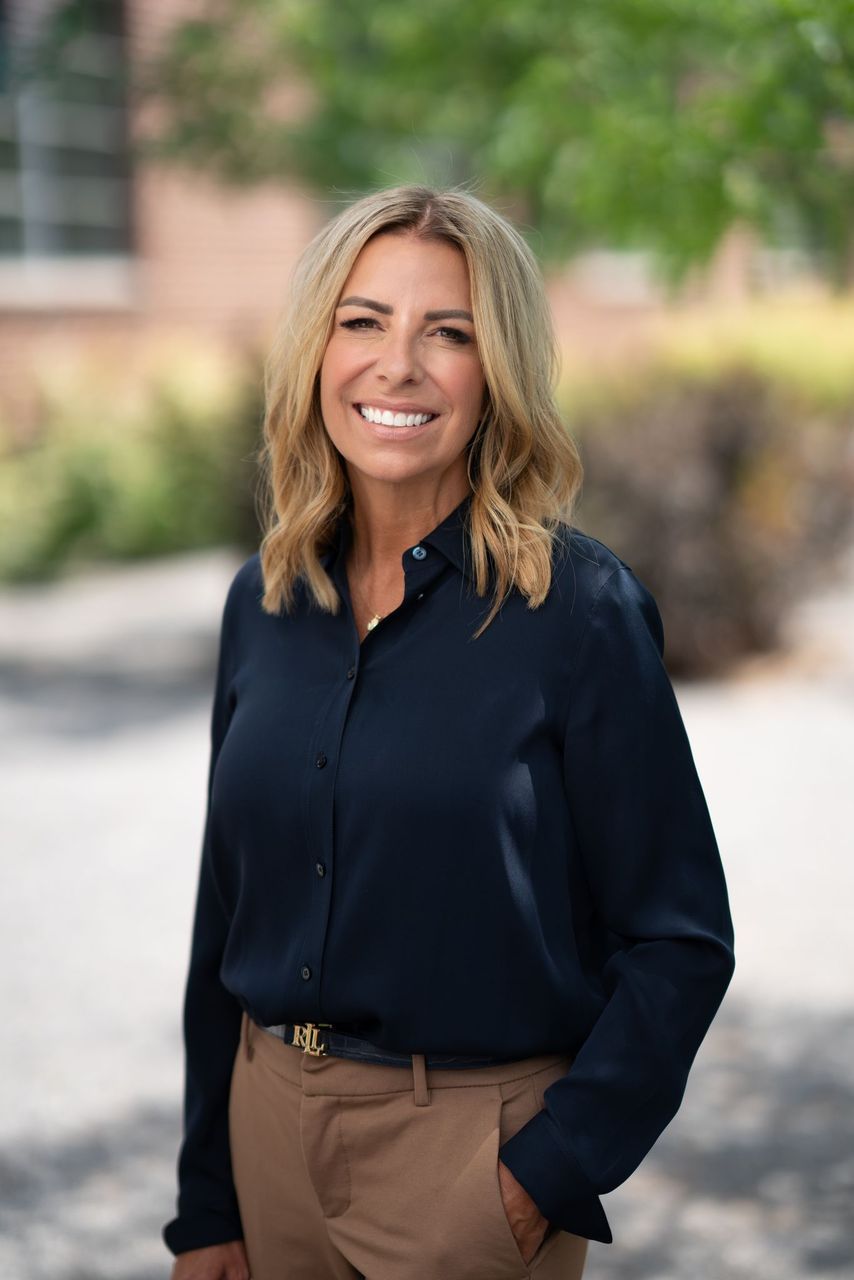Armed with an energetic personality and keen, in-depth industry knowledge, Keri Hammond as forged a reputation as an A/E/C marketing guru. By Brad Fullmer

Coming from a family steeped in the civil engineering profession in Utah, it was only natural for Keri Watson Hammond to gravitate to a career in the A/E/C industry. As her firm—Salt Lake City-based MARKETLINK—celebrates its 20th anniversary in 2023, Hammond is quick to credit dozens of people who have influenced her professionally over the years, and grateful to have found success in an industry she genuinely loves.
“I’ve been in this industry for a long time, way before MARKETLINK,” said Hammond, who combines her high-energy personality with a deep knowledge and keen insight into all facets of commercial construction and design marketing.
Hammond started working for Salt Lake-based Eckhoff, Watson & Preator Engineering (later EWP before being acquired by Stantec in 2001)—a company co-founded by her father, Ken Watson—in her teens during summers. “I really do love this industry! It’s all I know. If we had a company tag line, it would be that we do whatever we can to help firms win work.”
First Decade Offers Robust Opportunities
After graduating from Brighton High, Hammond worked at Jensen-Haslem Architects (now Architectural Nexus) as a part-time administrative assistant and marketing coordinator while attending the University of Utah from 1989-93, graduating in '93 with a Bachelor Science in Business/Marketing.
Post-graduation, she was hired in January '94 by Salt Lake-based Naylor Wentworth Architects to kick start its marketing department, a position she held for four-plus years. This time was spent honing her craft and she truly relished the experience.
"It was empowering," recalled Hammond. "I got to travel to all the school districts throughout the state and sit in on selection committee meetings, which was very helpful in learning what owners want when hiring a design team. My favorite thing about the job was chasing new projects. I loved learning the technical jargon while listening to technical staff talk to their clients. Business development brought out the competitive side of me, and I loved the strategy of the pursuit."
It was during this time that Naylor Wentworth (now NWL Architects) decided to pour a huge amount of effort into pursuing the Orrin G. Hatch Federal Courthouse in Salt Lake, a prominent, high-profile project with a lengthy timeline that spanned 20 years from initial proposal pursuit to planning/design to final construction completion in 2014. NWL teamed with a prominent New York-based architecture firm—Thomas Phifer and Partners—and landed the job, which was a thrill to Hammond and the entire firm.
"It was such a great experience to go through that proposal process," she said. "[NWL] had never done a major courthouse project, so it was a great project to get. It was an exhaustive process that took a huge amount of time, but the experience was priceless."
In '98, Hammond went back to work for Jensen Haslem Architects in more of a business development role. The firm was led by Tom Jensen, who she called "my most influential mentor" as well as Don Finlayson, who specialized in healthcare design and was "an amazing mentor" as well.
About a year later, when Hammond had her second child in '99, she decided to scale back to part-time work at the Salt Lake office of Kenney & Associates with Chris Cook, a firm specializing in marketing consulting for the A/E/C industry. Two years later, Hammond teamed up with Stephanie Craft and in January 2003 they officially launched MARKETLINK.
Hammond said Craft, who she had originally worked with at EWP and had been working as a consultant in California at the time, was a perfect complement as a business partner. Stephanie has been another positive source of knowledge and mentor over the years and Hammond appreciates her long-time influence and friendship. As the owners of MARKETLINK, Keri and Stephanie have led projects and worked with AEC clients all over the country.
Strong, Diverse Team of Experts
Hammond is far from a one-woman show, having assembled a stellar team of consultant specialists in recent years, each of which brings their own significant A/E/C industry experience to the mix. The team includes:
—Beth Fillerup, a long-time marketing executive with more than 30 years of experience with primarily A/E firms including Hart, Fisher, Smith & Associates and EWP Engineering;
—Jane Healy, who specializes in proposal production, marketing material organization, social media, and has 15+ years of experience combined at firms like VBFA and Curtis Miner Architecture;
—Aimee Brummer has 20+ years in the AEC industry with firms such as RRM Design Group and Gray Construction. She specializes in project management, proposal development, and public relations;
—Marianne Jenks, another seasoned A/E/C marketer with 30+ years experience, has strong writing skills and a mind for creative campaigns and strategic planning.
Hammond appreciates the individual strengths of each of these talented women and the synergy they create within the firm.
“What has made MARKETLINK successful and able to grow is surrounding myself with professionals who have strengths in areas where I am lacking,” said Hammond. “I’m a big picture person. I come up with crazy ideas and somehow our team makes it happen. Beth makes things happen. Stephanie’s strengths are the business organization and financial processes . Marianne is an amazing writer. Jane and Aimee do an incredible job with project management. We have other consultants that assist with graphic design, content creation, social media, and website design and programming.
There are not a lot of AEC-specialized consulting firms that have been around as long as we have that have the capabilities to do everything we do with a high level of expertise.”
Having this diverse team of five local professionals to draw from allows the firm to navigate through any marketing, business development, or public relations needs an A/E/C firm might have.
MARKETLINK's specialties include: Strategic Marketing; Business Development; Branding & Graphics; Training & Coaching; Hiring & Retention. Within these divisions includes planning, budgeting, market research, client relations, project pursuits, public relations, branding and website design, BD strategies, proposal and presentations, staff hiring, recruiting, and training.
The firm's expertise has been utilized by firms of varying sizes, with an expertise in helping smaller firms who may not have the capacity for a full-time marketing executive or staff.
"Our approach is to be an extension of a company," said Hammond. "We are most successful when we work in conjunction with a firm’s existing marketing team, or with the principals of a firm to formulate a marketing program. A lot of firms need help on proposals, or maybe their marketing materials need to be updated."
Often, Hammond and her team are called upon to train a new marketing team and may only be needed for a short period of time. And there are other instances where MARKETLINK has worked with firms for over 15 years.
"We help get firms in a position to where they can hire an in-house marketer—we work ourselves out of a job all the time," Hammond added. "Once we train new staff, our hope is that they think of us in the future if a need arises."
Another sign the firm is being effective is when clients start viewing them as "an extension of the firm" she said. "Everyone is most successful when we become part of the staff. We get invited to company parties all the time! It's rewarding. They consider us to be part of their team."
Onward and Upward
In addition to MARKETLINK, Hammond remains a fixture within the Utah Chapter of the Society of Marketing Professional Services (SMPS Utah), an association dedicated to A/E/C marketing professionals. Hammond was a founding member of SMPS Utah in the early 90s, along with Marianne Cook, Stephanie Craft, Fran Pruyn, Chris Cook and others.
Hammond, currently the Communications Chair, has served in virtually every SMPS role and is slated to be the 2025 SMPS Southwest Regional Conference Chair when the regional conference is held in Salt Lake City. In addition, Hammond is the only local member that holds the unique designation of FSMPS. The Fellows of SMPS represent the highest level of experience and leadership in marketing within the design and building industry.
Still in her early 50s, Hammond plans to stay active in the market for the foreseeable future and remains committed to helping firms become more effective in their respective marketing efforts. Helping educate others, she said, will always be MARKETLINK's primary goal.
"We get calls from firms all across the industry, even professionals with seasoned experience," said Hammond. "It's a great industry where we use each other as resources. I'm all about educating people—our website is 100% focused on that, with articles on helping people do their jobs better. I absolutely love what I do! Looking forward to another 20 years!"
MARKETLINK Services
Strategic Planning
Business Development
Market Research
Client/Media Relations
Graphic Design
Website Development
Proposal Strategy
Proposal Production
Presentations
Training and Coaching
Social Media
Content Development
Marketing Collateral
Database Organization
































